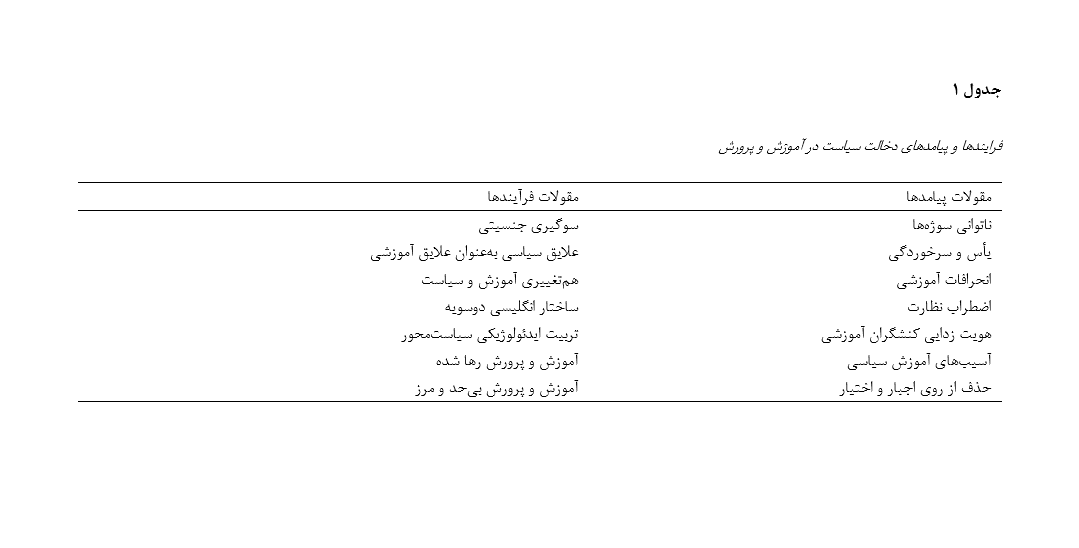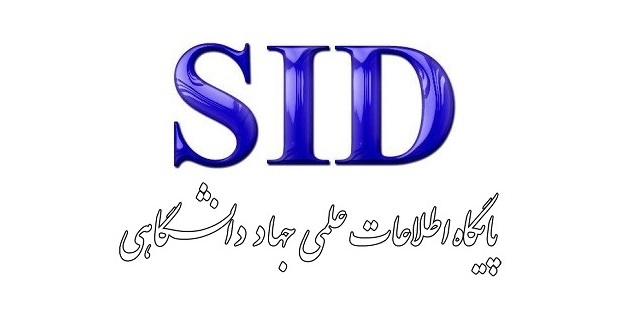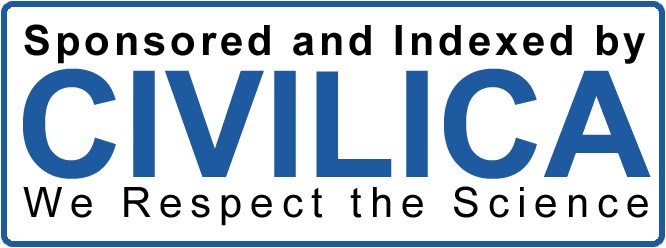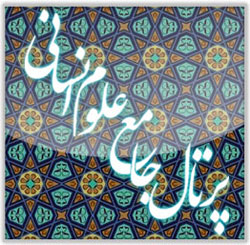Examining the Processes and Consequences of Political Interference in the Education Sector of Kerman Province
Keywords:
Harms of political education, Deidentification of educational activists, Political interferenceAbstract
The aim of this article is to examine the processes and consequences of political interference in the education sector of Kerman Province. The research method employed in this study includes the use of grounded theory along with fieldwork and in-depth interviews. The statistical population of this study consisted of teachers, staff, administrators, and retirees from the education sector of Kerman Province. The results derived from qualitative analyses identified nine categories in the processes section and seven categories in the consequences section, indicating that education in the Kerman Province education sector, as a docile steed of politics, is influenced by various political groups and political institutions. Consequently, this article assists policymakers and education professionals in making better decisions aimed at improving processes and eliminating obstacles related to political interference. Overall, this article, through qualitative and content analysis methods, identifies the problems and challenges arising from political interference in the education sector.
Downloads








